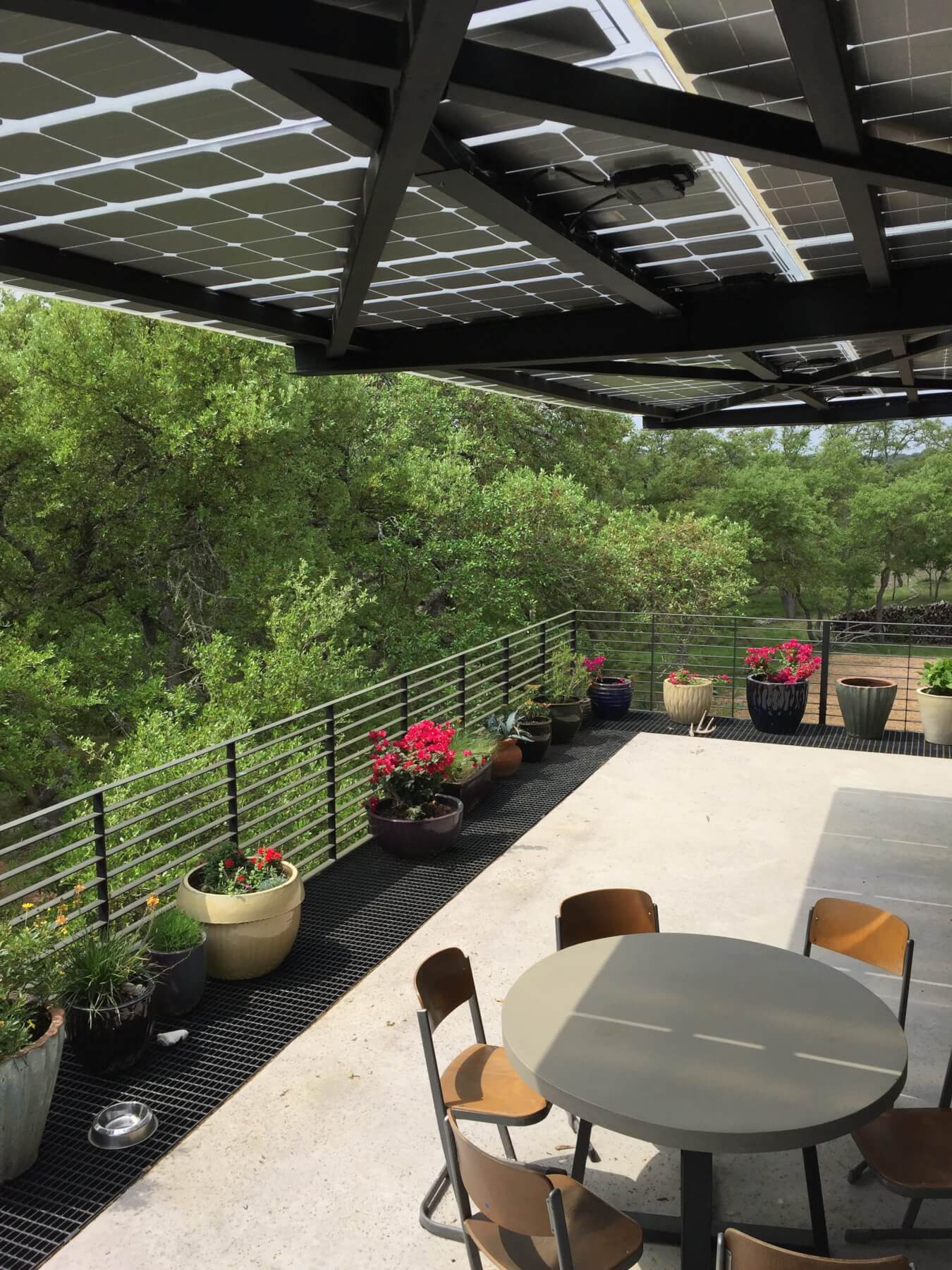Remember how we used to worship the sun? We’d slip on a bikini, slather our bodies with baby oil, and sunbathe for hours. Eventually, we learned the sun’s rays were so powerful that we shouldn’t be frying our skin with them. But we’ve come to realize that those same potent beams are perfect for generating electricity and helping address the biggest environmental challenge we face: climate change.
So it’s safe to worship the sun again. In fact, it’s quite necessary.
Going solar can add as much resale value to a home as remodeling a kitchen or adding on a “bonus” room.
This realization has come none too soon. The Trump Administration swept into office denying climate change exists and promising to burn more of the coal and oil that cause it. Their attitude defies understanding. Climate change is on the rise, along with unusually high temperatures, increasing sea levels, more frequent fires and droughts, and blasts from severe storms.
Solar Power: The Sun Solution

Provides power. Provides shade. Solar panels used as an awning on the second-floor balcony of the home of NextTribe’s Jeannie Ralston.
We need to use fewer fossil fuels, not more, and transition to non-polluting renewable energy sources like solar power as quickly as possible. One way we can leverage our political clout, as well as make a difference in our communities, is by putting solar panels on our own rooftops.
Jeannie Ralston, NextTribe’s editor, has already done so. “Our house is completely run on solar and we charge our electric car with it,” she reports. “No fossil fuel! Woohoo!”
Jeannie isn’t alone. More than one million people in almost every state in the union have opted for solar power because they want to reduce or eliminate their utility bills or because they know how threatening climate change is. Most solar users sell back the extra electricity they make to the utility company, essentially making the utility company their customer, rather than the other way around. But others go “off the grid” by using storage batteries to provide electricity when the sun isn’t shining. A lot of people go solar because it feels great to be more independent. “Be my own power company? Heck, yeah!”
The Beauty of Solar Power

Looks good. Does good. A sleek roof made from Tesla solar tiles.
It helps that solar panels have gotten so attractive that “I don’t like how they look” is no longer an excuse. Panels are versatile, too. Put them on your roof, install them on an awning, set them up in a “solar garden” in your yard. Elon Musk, the manufacturing wizard behind the super-sleek Tesla electric car, envisions entire rooftops seamlessly covered in sleek solar tiles, arrays that will be able to power your vehicle as well as your appliances, by the way.
Real estate agents are on the bandwagon, as well. It turns out that, for the same amount of money, going solar can add as much resale value to a home as remodeling a kitchen or adding on a “bonus” room – neither of which give the homeowners the chance to become energy independent and cut their monthly utility bills to almost zero.
Think about it: what could you do with an extra $100 to $300 a month?
Here’s more good news: home solar is more affordable than ever before. In fact, with tens of thousands of people buying solar systems, the price is dropping so fast that an anvil falling off the top of the Empire State Building would have a hard time keeping up. The price per watt in 1977 began at over $76. In 2015, it was down to $0.57. In other words, solar has become more than 130 times cheaper in the span of most of our lifetimes.
Saving Big Money
In addition, a federal solar power investment tax credit allows you to deduct 30 percent of the cost of your system dollar for dollar from the amount of taxes you would otherwise pay to the IRS. So if your system cost $25,000, you’d reduce your actual tax payment by $7,500. State and local governments often kick in additional rebates.
Plus, companies like PickMySolar.com do all the leg work for free in helping you figure out what solar array you need, what it will cost, how to pay for it, and who can reliably install it. Their Solar Starter Guide does a great job of explaining how solar technology works and your financing options, and it’s free to download.
IDEA TO CHEW ON: If a new home was outfitted with 12KW of solar while it was being built and the cost was rolled into a 30-year mortgage, the homeowner’s mortgage payments, based on current interest rates, would be approximately $95 more per month. However, the monthly savings on utilities would be far greater. That means that the actual monthly cost of owning the same new home with solar is cheaper than owning it without.
People always ask Jeannie’s husband how long it will be before they get “pay back” on their solar system. “He doesn’t look at it that way,” she notes. “He says if he had $20,000 to put in the bank, he would be getting minuscule amounts of interest on it. But if he put $20,000 into his solar power, he is saving $150 or so a month—money he doesn’t have to pay taxes on because it’s savings, not earnings.”
Think about it: what could you do with an extra $100 to $300 a month?
There’s no downside to exploring whether solar power is right for you, but here’s one more upside to considering it sooner rather than later: given Trump’s antagonism towards solar, it’s hard to know whether he’d try to phase out the federal tax credits that make solar so affordable.
Why wait? Climate change isn’t.
MORE JOBS: SOLAR CAN MAKE AMERICA GREAT AGAIN
After signing an executive order to scale back the country’s efforts on clean energy, Donald Trump told a bunch of coal miners this: “C’mon fellas. You know what this is? You know what this says? You’re going back to work.”
The truth is that to truly develop the economy, the country should be investing in the alternative power industry. That is where the jobs are. According to a new report by the U.S. Department of Energy, almost 374,000 people are employed in the solar sector, compared to 187,000 jobs in energy production that comes through coal, natural gas or oil.
So next time anyone says that regulations on the coal industry or green power are bad for the U.S. economy, you’ll know the truth.





















0 Comments